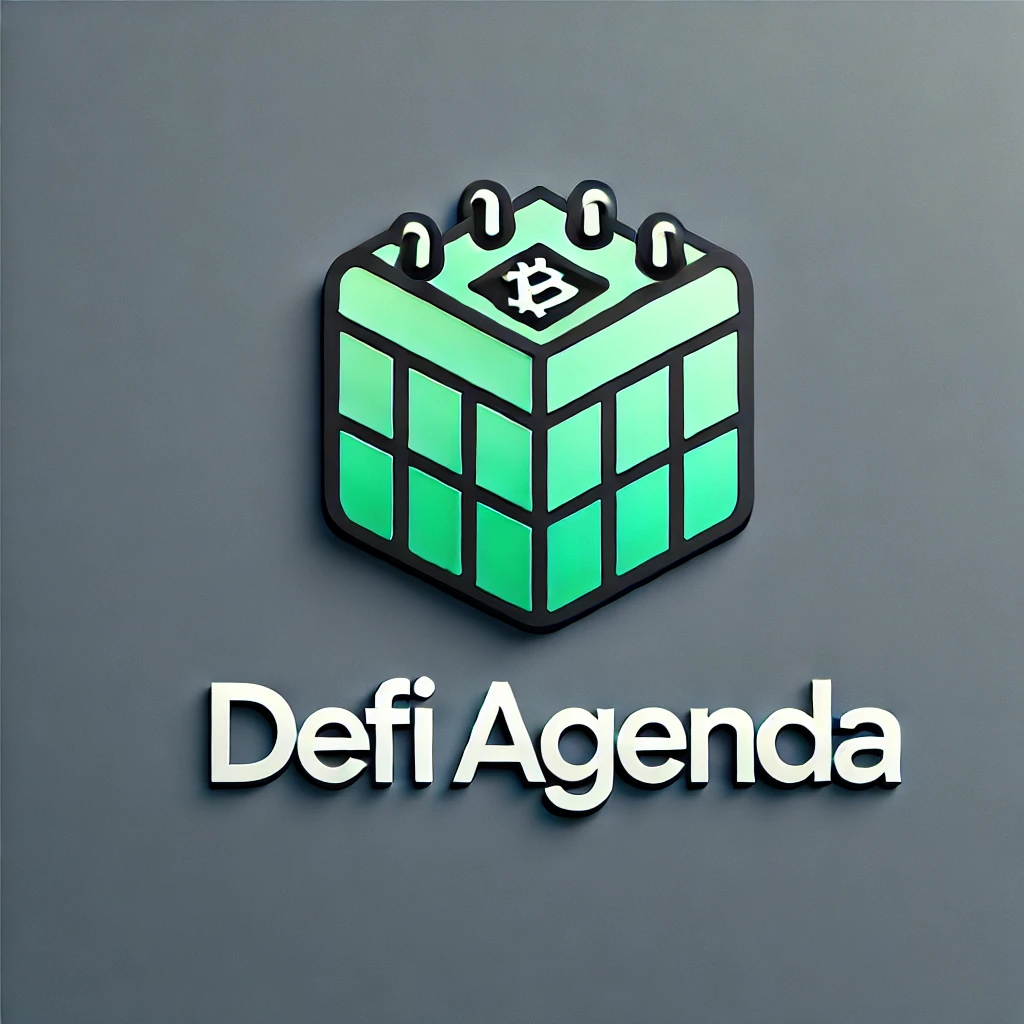Have you ever thought about how you can maximize your crypto investments through yield farming on DeFi platforms?
Understanding DeFi and Yield Farming
Yield farming is one of the hottest topics in the world of decentralized finance (DeFi). But what does it really mean? At its core, yield farming allows you to earn passive income on your cryptocurrencies by lending or staking them in various DeFi platforms. This can lead to high returns, but it requires careful selection of the right platform.
What is DeFi?
Decentralized finance, or DeFi, refers to a movement aiming to recreate traditional financial systems, such as banks and exchanges, using blockchain technology. This means you can engage in loans, trading, and earning interest without the need for intermediaries. DeFi platforms operate on smart contracts, allowing for transparency and security.
How Yield Farming Works
Yield farming involves providing liquidity to DeFi protocols and earning rewards, usually in the form of tokens. When you stake your tokens, you facilitate trading on that platform, helping maintain liquidity. In exchange for this service, you receive interest and potentially additional tokens. The earnings can vary greatly depending on the platform and market conditions.
Factors to Consider When Choosing a DeFi Platform for Yield Farming
Understanding what to look for when selecting a DeFi platform can make all the difference in ensuring a successful yield farming experience.
Security and Auditing
When it comes to DeFi, security is paramount. You want to choose platforms that have undergone rigorous security audits. Reputable auditing firms will analyze the platform’s code for vulnerabilities, which can help mitigate risks of hacks or exploits. Always check if the platform has a history of security incidents.
Liquidity and Trading Volume
High liquidity ensures that you can easily enter and exit positions in the market without affecting the price significantly. Platforms with substantial trading volume are generally more stable and trustworthy. If you’re yield farming with a token that has low liquidity, you might face challenges liquidating your assets.
User Interface and Experience
A user-friendly interface can significantly enhance your yield farming experience. The easier it is to use the platform, the better your chances of managing your investments effectively. Look for platforms that offer intuitive dashboards, clear instructions, and responsive customer support.
Current APYs and Rewards
Annual Percentage Yields (APY) indicate how much you’ll earn from your investment over a year, accounting for compounding. However, be wary, as high APYs can sometimes signal risk. When evaluating, always look closely at the terms tied to the APYs—some may come with hidden fees or lock-in periods that might not suit your investment strategy.
Tokenomics and Platform Stability
Understanding the economics behind the tokens offered on DeFi platforms is crucial. Factors such as total supply, distribution methods, and use cases can influence a token’s future value. Additionally, the overall stability of the platform matters. Research the team behind the project and their track record in the crypto industry.

Types of Yield Farming Strategies
Once you have a platform in mind, it’s essential to decide how you want to approach yield farming. There are various strategies, each with different risk levels and potential returns.
Single Asset Vs. Liquidity Provider (LP) Tokens
Single asset staking involves lending or locking up a single type of token. In contrast, providing liquidity often means staking pairs of tokens, usually in a decentralized exchange (DEX) format. While LP tokens may offer higher returns, they also come with risks like impermanent loss, meaning you could lose value if the price ratio between the tokens changes.
Staking Vs. Lending
With staking, you’re often locking up tokens to support the network—for example, in proof-of-stake systems. Lending, on the other hand, involves giving your tokens to borrowers in exchange for interest. Both options provide unique benefits and drawbacks, so consider your risk tolerance when making a choice.
Risk Diversification
Like traditional investing, diversifying your yield farming strategies can help spread risk. By allocating your assets across multiple platforms, tokens, and strategies, you can reduce the impact of any single loss. If a particular platform fails or experiences issues, your overall investment is less likely to suffer dramatically.
Reinvesting Earnings
Compounding your returns by reinvesting your earnings is a powerful strategy in yield farming. If you earn tokens, consider putting them right back into your chosen asset, which can significantly increase your returns over time. That said, always assess the associated risks before reinvesting.
Researching DeFi Projects and Platforms
Knowledge is power when it comes to yield farming. Conducting thorough research will help you make informed decisions.
Community Engagement
Join community forums, social media groups, or platforms like Discord and Telegram where users discuss their experiences. Engaging with the community can give you valuable insights into any potential issues with a specific platform or upcoming projects worth considering.
Whitepapers and Roadmaps
Always read the project’s whitepaper, which outlines its goals, technology, and use cases. A clear and comprehensive roadmap demonstrates a project’s commitment and vision for future developments. If the information is vague or nonexistent, it may be wise to proceed cautiously.
Development Activity
The level of development activity can indicate the project’s health. Check platforms like GitHub to see how frequently the code is updated and the number of contributors. Active development usually suggests the project is adapting to changing market conditions and addressing any vulnerabilities.
Evaluating the Risks Involved
Yield farming can be lucrative, but it’s not without its risks. Understanding these risks is essential to protect your investments.
Smart Contract Risks
Smart contracts are the backbone of DeFi, but they are not infallible. Bugs in the code can lead to vulnerabilities, and malicious actors may exploit weaknesses. Always choose platforms that have been audited and have a proven track record.
Market Risks and Volatility
Cryptocurrency markets are inherently volatile, which can lead to significant price fluctuations. This volatility can impact your yield farming returns. It’s essential to be prepared for both peaks and troughs in the market while maintaining a long-term perspective on your investments.
Impermanent Loss
As mentioned earlier, impermanent loss occurs when the value of your tokens changes compared to when you first added them to a liquidity pool. This is particularly relevant when providing LP tokens. The larger the fluctuation in the price of the paired assets, the greater the potential for impermanent loss.
Regulatory Risks
DeFi is still in a relatively nascent stage, with regulatory frameworks evolving rapidly. Be aware that changes in regulations might affect how platforms operate or could even lead to shutdowns. Staying informed about legislative developments is crucial.
Making Your Final Decision
After considering all these factors, you might wonder how to put it all together to choose the best DeFi platform for yield farming.
Setting Your Goals
Before committing to any platform, define your objectives. Are you looking for high returns for short-term gains, or are you interested in sustainable long-term growth? Your strategy should align with your financial goals and risk tolerance.
Conducting a Personal Risk Assessment
It’s wise to assess your own risk tolerance. Reflect on how much you can afford to lose without calling it a disaster. The answers to these questions will help you determine which platforms and strategies align with your comfort level.
Creating a Diversified Portfolio
As you start yield farming, remember that diversification can help manage risk. Consider spreading your investments across various platforms and tokens, coupled with different strategies. This way, you’re not overly reliant on any single investment.
Regular Monitoring and Adjusting Your Strategies
Once you’ve chosen your platform and investment strategy, you shouldn’t just set it and forget it. Regularly monitor your performance, market conditions, and any changes in the platforms you’re using. Adjust your strategies as necessary to ensure your investments continue to align with your goals.
Conclusion
Choosing the best DeFi platform for yield farming isn’t just about picking the one with the highest returns. It requires understanding the nuances of DeFi, evaluating the associated risks, and aligning your investment strategy with your financial goals. As the DeFi landscape continues to evolve, staying informed and adaptable is your best approach to ensuring a successful yield farming experience.
Are you ready to take your crypto investments to the next level through yield farming? By following these guidelines, you can navigate the complexities of DeFi and position yourself for success. Happy farming!

